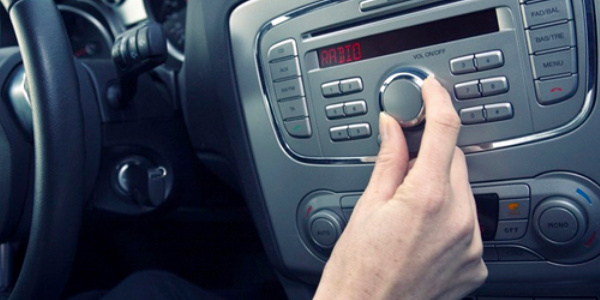While a 2015 report from eMarketer said that time spent with radio has fallen in each of the past four years, a new study from Toronto-based media research firm Audience Insights says it remains strong in one key area: The automobile.
The independent Radio on the Move report found that in-car listening of traditional AM/FM radio has remained consistent over the years, accounting for 66.2% of all listening in 2015, compared with 64.7% in 2010.
That’s good news for radio advertisers, said Audience Insights founder Jeff Vidler, who launched the Radio on the Move study in 2010, when he was senior vice-president of media research at Vision Critical.
“Radio’s advantage in the car has always been as that last word prior to purchase,” he said. “If you’re in the car driving to work and you hear a Tim Hortons ad, it becomes a trigger in a way that no other medium can.”
The study found that SiriusXM satellite radio’s share of in-car listening was 9.4% last year, down from 11.1% in the fall of 2014. This despite the fact the company has established partnerships with every major automaker.
“The reality is that satellite radio is definitely growing, but not at any breakneck pace,” said Vidler. “It’s very much like the growth of cable TV: It didn’t happen overnight, but a little at a time.”
Elsewhere, CDs/cassettes accounted for 8.1% of in-car listening, while audio podcasts downloaded to play back later accounted for 2.5% and streaming audio accounted for 1.4%.
“Radio offers something you really can’t get from streaming audio and even from personal music, which is a human connection,” said Vidler. “People on the morning show become like friends, offering a few laughs along the way. Music is part of it, but the human connection is a big part of the story.”
Vidler said that the share of in-car listening to streaming audio would likely be higher in other countries, since Canada still doesn’t offer Pandora and Spotify has only been in-market since 2014.
However, he said that the fact other audio options such as satellite radio, podcasts and streaming audio are replacing personal music rather than traditional radio, suggests that traditional radio might be able to “weather the storm” better than expected.
The study is based on telephone interviews with more than 2,000 drivers and passengers aged 18+.
Correction: When this story was first published, Audience Insights was incorrectly identified as Audio Insights. Marketing regrets the error. (March 10, 2016, 11:14 a.m.)











